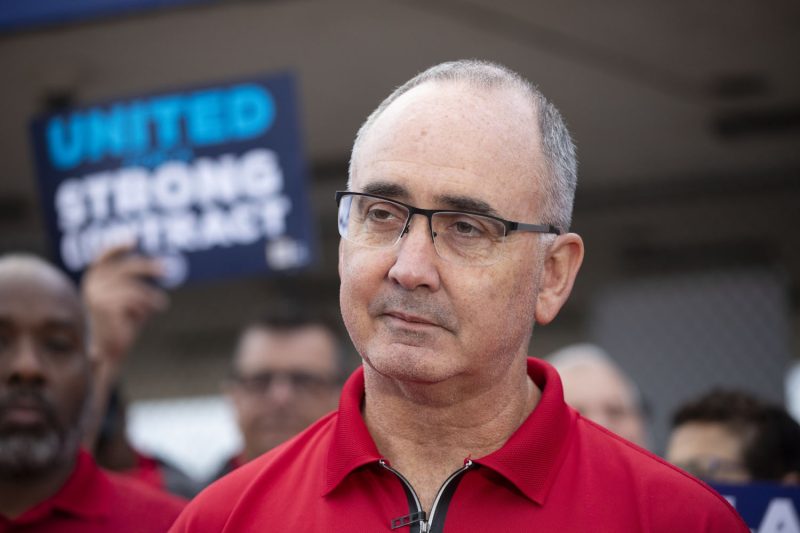In a recent development at the Mercedes-Benz plant in Alabama, the United Auto Workers (UAW) union has challenged the results of a unionization vote held among the plant’s workers. The UAW has petitioned the National Labor Relations Board (NLRB) for a new election citing alleged interference and unfair practices by the management and outside groups.
The issue arose when the initial vote, which took place in February and March, resulted in a narrow defeat for the UAW with 1,628 workers against the union and 1,359 in favor. The UAW has since raised concerns about the conduct of the vote, claiming that management at the plant, along with anti-union organizations, engaged in tactics that influenced the outcome.
This challenge by the UAW highlights the broader struggle faced by unions in the United States, particularly in the South where anti-union sentiment is traditionally strong. The outcome of this dispute will not only affect the future of union representation at the Mercedes-Benz plant but also have implications for labor relations in the automotive industry as a whole.
The UAW’s move to challenge the results reflects their commitment to ensuring fair labor practices and advocating for the rights of workers. By seeking a new election, they aim to provide workers with another opportunity to democratically decide on union representation without any external influence.
In response to the UAW’s challenge, Mercedes-Benz has stated that they conducted themselves lawfully throughout the unionization process and have respected the rights of their employees to make an informed decision. They have expressed their willingness to cooperate with the NLRB’s investigation into the matter.
The NLRB will now review the UAW’s petition and investigate the claims of interference and unfair practices. The outcome of their investigation will determine whether a new election will be held at the Mercedes-Benz plant, giving the workers another chance to voice their preferences regarding union representation.
Regardless of the final decision, this dispute underscores the complex dynamics at play in labor relations and the challenges faced by unions in organizing and representing workers in today’s economic landscape. The outcome will shed light on the extent to which workers’ rights are protected and respected in the ongoing debate over unionization in the United States.
